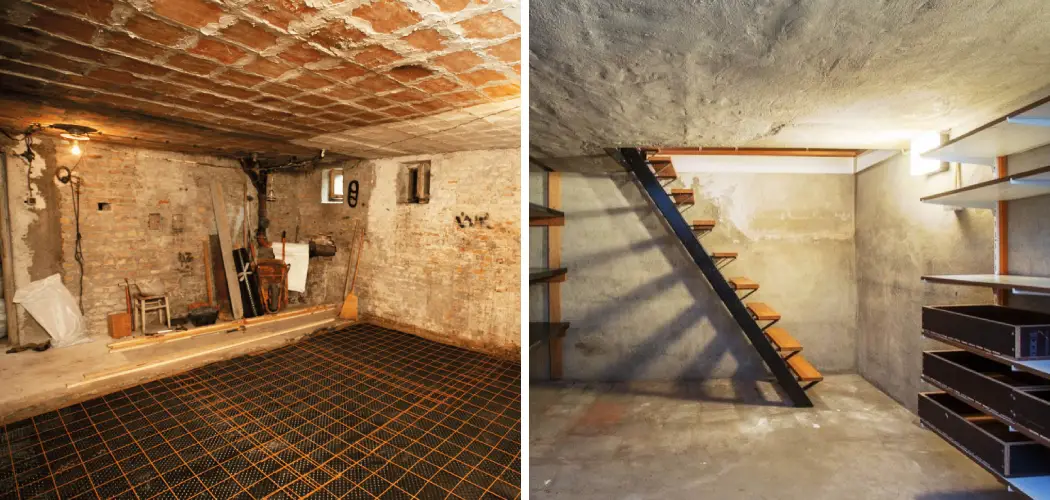Are you thinking of taking your home renovations to the next level? Have you been considering digging deep and constructing a sub basement underneath your house? Building a subterranean addition to your abode can seem overwhelming and intimidating, especially if it isn’t something you’ve ever done before. But don’t be scared off! With the right research, planning, and professional help (where necessary), any homeowner can masterfully construct their own sub basement.
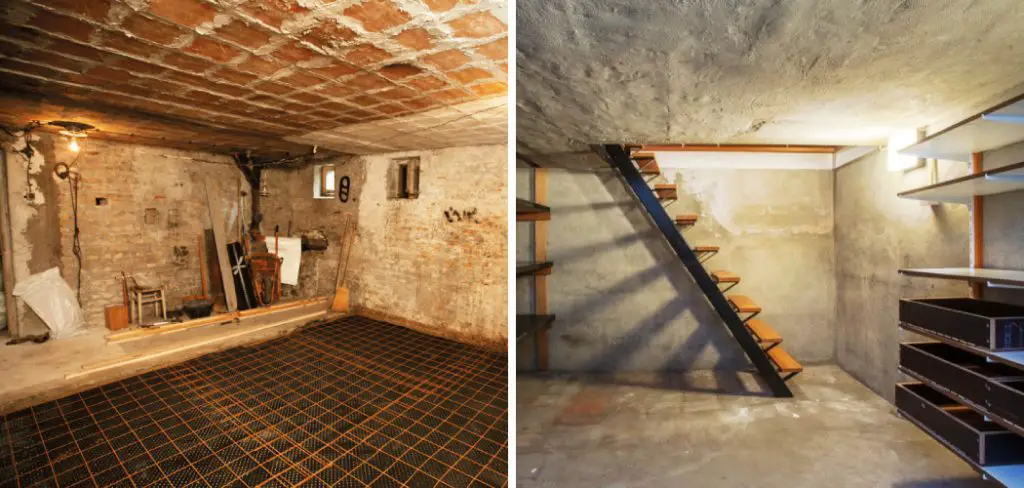
Creating a sub basement can be an ideal solution! But building one requires careful planning and preparation. From determining whether or not your property is suitable for construction, to choosing the right materials, there are plenty of steps that need to be taken in order for it all to go smoothly. With this guide, we’ll outline exactly how to build a sub basement – giving you extra living space without sacrificing any outdoor area!
Why May You Want to Build a Sub Basement?
1 . To Increase Your Living Space
If you’re looking for a way to increase your living space, building a sub basement is one of the most effective solutions. It can expand the square footage of your home and provide plenty of room for storage or additional rooms. Whether you want to create an extra bedroom or a recreational area, constructing a sub basement will add value to your property and provide the extra living space you need.
2 . To Increase Your Home’s Energy Efficiency
Building a sub basement can also help increase your home’s energy efficiency. The extra layer of insulation and air circulation helps to reduce heating and cooling costs while increasing the overall comfort inside your home. Additionally, the sub basement can act as a barrier against outside noise, which is especially beneficial if you live in an urban area.
3 . To Increase Your Home’s Resale Value
Finally, constructing a sub basement can provide a significant increase to your home’s resale value. Potential buyers recognize the added living space and energy efficiency benefits that come with having a sub basement, making it an attractive feature of your home.
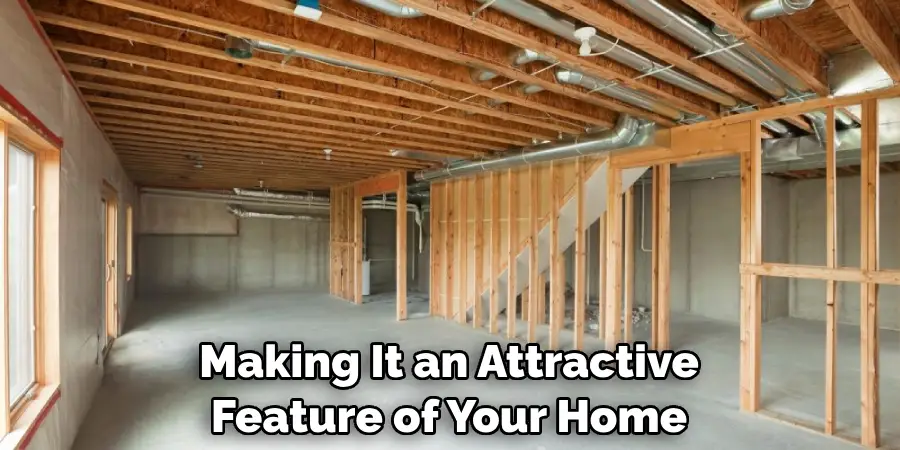
With these reasons in mind, let’s now discuss the process of how to build a sub basement.
How to Build a Sub Basement in 6 Easy Steps
Step 1: Excavate the Site
The first step is to excavate the site where you will be building your sub basement. Depending on local regulations, this can involve obtaining the necessary permits and hiring a professional excavation crew. Once the excavation is completed, you will be ready to begin the next steps.
Step 2: Pour the Foundation
Once the site has been excavated, it’s time to pour the foundation for your sub basement. This requires preparing a reinforced concrete slab that conforms to all local building codes. Additionally, you may need to dig a drainage system around the foundation or install waterproofing to prevent moisture buildup.
Step 3: Build the Walls and Ceiling
Once the foundation has been poured, you can begin constructing the walls and ceiling of your sub basement. The most common materials used are concrete block or reinforced steel beams, which will need to be supported by steel beams or concrete columns. Additionally, you may want to install a waterproof membrane between the walls and ceiling to protect against moisture buildup.
Step 4: Install the Electrical and Plumbing Systems
The next step is to install the necessary electrical and plumbing systems for your sub basement. This includes running wiring for all lights, outlets, and appliances, as well as installing water lines for sinks, showers, and toilets. Additionally, you may need to hire a professional electrician or plumber to ensure that all systems are installed correctly and meet local regulations.
Step 5: Add Insulation
Adding insulation is an important step in building a sub basement. Insulation helps reduce energy costs and ensure that the temperature inside your home remains comfortable. You may choose to use fiberglass insulation or spray foam insulation, depending on your needs and budget.
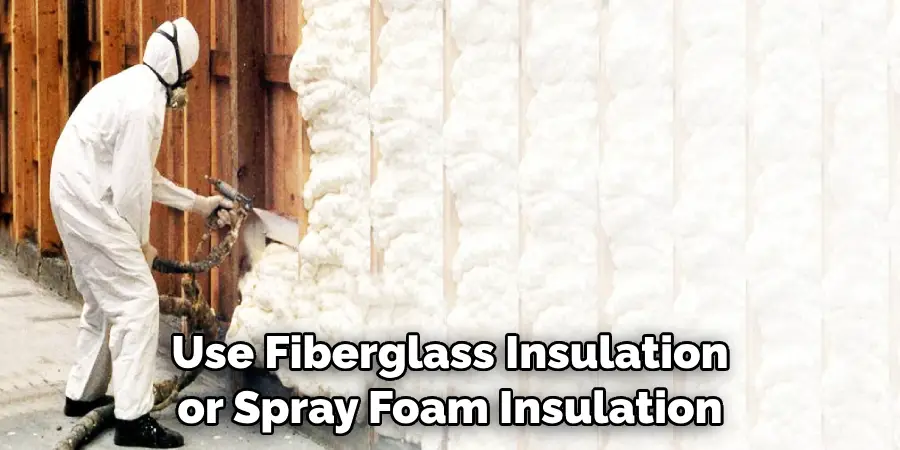
Step 6: Finish the Interior
Once all of the building is finished, you can now focus on finishing the interior of your sub basement. This includes painting walls, installing flooring, trimming doors and windows, and adding any other décor that you desire. You may even want to consider hiring a professional contractor to help with the finishing touches.
By following these steps, you will have successfully completed your sub basement project! With the increased living space and improved energy efficiency, your home is now ready for all of life’s adventures.
Some Extra Tips to Build a Sub Basement
1 . Ensure All Structural Elements Are Installed Correctly
It is essential to make sure all structural elements of your sub basement are properly installed. This includes reinforcing walls and foundation, installing steel beams and columns, and ensuring that the electrical and plumbing systems are correctly connected. If you’re not confident in your DIY skills, hiring a professional contractor can help ensure that your project is done correctly and meets local building codes.
2 . Invest in Quality Materials
The materials used for building a sub basement should be of high quality in order to ensure the structure’s durability and energy efficiency. Consider investing in waterproofing membrane, reinforced steel beams, and insulation that has been certified by local authorities. Doing so will ensure that your sub basement is built to last.
3 . Don’t Rush the Process
Finally, it’s important not to rush the process of building a sub basement. Taking your time and double-checking all details can help prevent costly mistakes or delays in completing your project. Doing your research beforehand can also be extremely helpful in ensuring that the process goes smoothly.
By following these tips, you can be assured that your sub basement project will be a success! With extra living space and improved energy efficiency, your home is now ready for all of life’s adventures. Happy building!
Frequently Asked Questions
What Precautions Should I Take When Building a Sub Basement?
When building a sub basement, it is important to take all possible precautions. First, make sure that the area of construction is properly supported and stable before beginning any work. Next, use appropriate materials for the walls and ceiling that will be able to withstand moisture as well as temperature fluctuations.
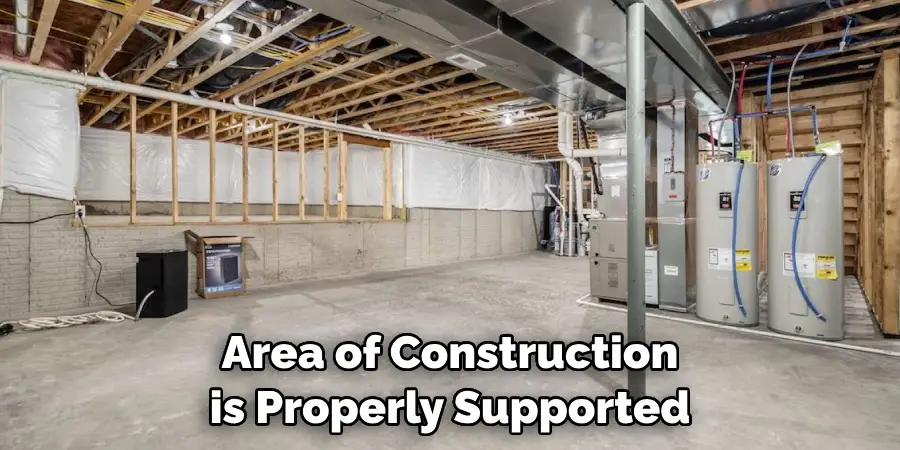
Finally, keep in mind that there may be a risk of water seeping into the basement, so it’s important to seal any potential sources of water and make sure that there is proper drainage.
What Is the Best Way to Insulate a Sub Basement?
Insulating a sub basement properly can help keep it comfortable and reduce energy costs over time. When insulating, make sure to use a vapor barrier and an appropriate insulation material, such as spray foam or fiberglass. Additionally, be sure to seal any cracks or gaps in the walls and ceiling with caulk or foam sealant before installing the insulation.
How Long Does It Take To Build A Sub Basement?
The exact time it takes to build a sub basement varies depending on the size of the area and the complexity of the project. However, in general, it is expected to take anywhere from one to three months to complete a full-scale build. This timeline could be longer or shorter depending on factors such as the availability of building materials, weather conditions, and how many people are involved with the construction process.
Are There Any Safety Considerations When Building a Sub Basement?
Safety is always a priority when working on any construction project, and building a sub basement is no exception. To ensure safety, it’s important to carefully read and understand the instructions of any tools or materials you’re using. Additionally, make sure that all electrical wiring is done in accordance with local building codes.
Finally, if the area of construction contains hazardous materials such as asbestos or lead paint, make sure to work with a professional who is certified in safely removing these substances.
What Are Some Common Mistakes When Building a Sub Basement?
When building a sub basement, it’s important to be aware of potential mistakes that could delay the project or cause safety problems. One common mistake is not properly assessing the soil before digging, which could result in weak support structures. Additionally, not considering ventilation or drainage can lead to uncomfortable air quality and water damage. Finally, failing to use appropriate materials for the walls and ceilings can also result in moisture infiltration issues.
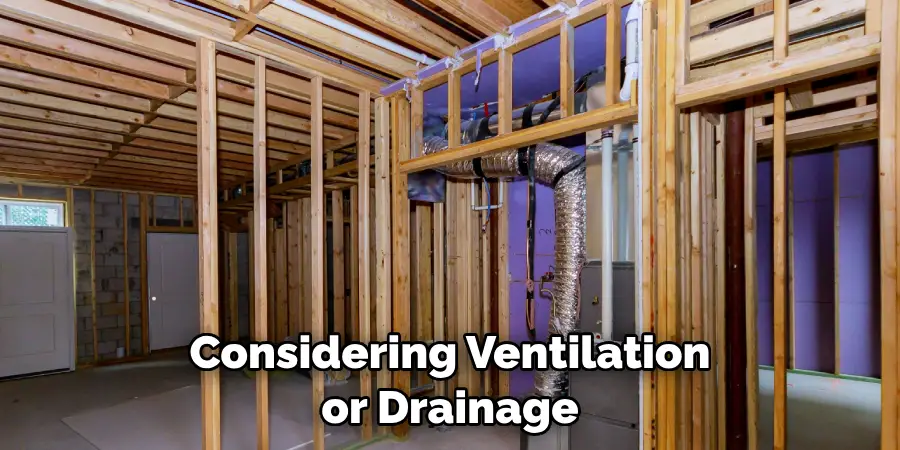
Conclusion
Building a sub basement can be challenging, but with the right skills and the right supplies, you can do it. Not only will you create additional living space for you and your family, but it can also add to the value of your home. Remember to always follow local building codes and regulations when constructing a sub basement.
Now you know how to build a sub basement! Lastly, team up with an experienced contractor that can help guide you toward success in completing this project from start to finish. With some planning, patience, and dedication – you too can soon enjoy all of the additional space that comes along with building a sub basement.

